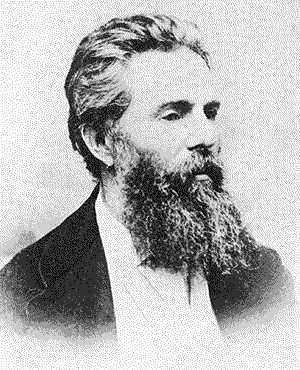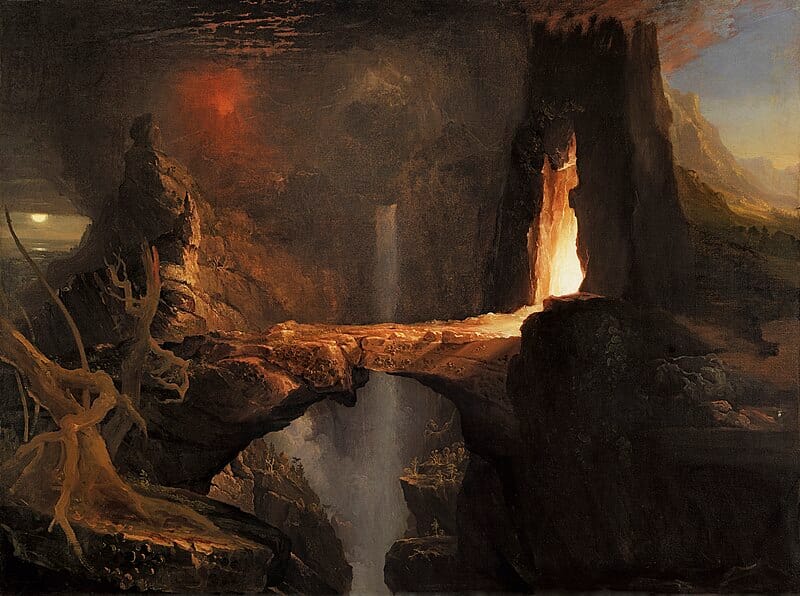Hexagram 56

Herman Melville - Lu the Wanderer

Conventional explanations of Melville focus on his restless spirit. That's the gist of a well known diagnosis by "friend" Nathaniel Hawthorne:
It is strange how he persists – and has persisted ever since I knew him, and probably long before – in wondering to-and-fro over these deserts, as dismal and monotonous as the sand hills amid which we were sitting. He can neither believe, nor be comfortable in his unbelief; and he is too honest and courageous not to try to do one or the other.

Yet this is why Hawthorne never came close to understanding Melville and nor do biographers who persist in using this quotation. When Melville told him that he had "pretty much made up his mind to be annihilated," Hawthorne apparently couldn't spot the irony, along with the resignation. It's not like Melville didn't understand religious faith and the inevitability of death; he was merely mocking the whole sorry situation humans find themselves in.
There's plenty in Melville's writing to support this theory, especially Pierre and the concept of the avenging dream, with its echoes of Edgar Allan Poe:
For whoso once has known this sweet knowledge, and then fled it; in absence, to him the avenging dream will come. Pierre was now this vulnerable god; this self-upbraiding sailor; this dreamer of the avenging dream.
Which is not to say that Melville wasn't a wanderer; he was. Literally and figuratively. And because of this he is cited constantly by travel bloggers because he could write exquisite and insightful lines like this one from Moby-Dick: "It is not down in any map; true places never are."
Fire over the mountain...

While some choose to see this painting as being in the tradition of American Romanticism, it reminds me of Tolkien's and Peter Jackson's The Lord of the Rings - with the Bridge of Khazad-dûm and Mt. Doom in the background.
